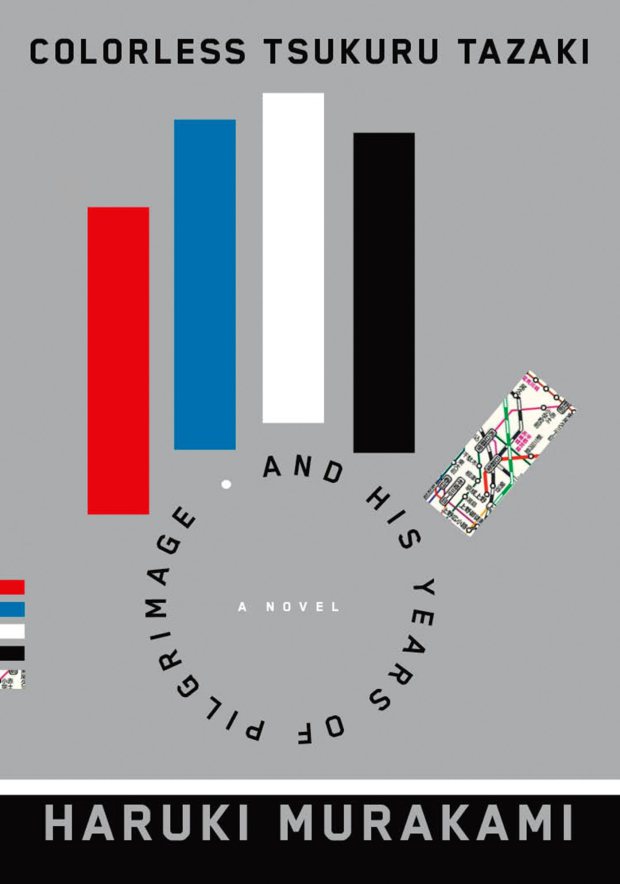

Tsukuru is the only friend without a color, his last name meaning “to build or construct,” which coincidentally aligns with his job at a Tokyo railway company. Taking colorful in the literal sense, each friend has a color in their last name: Kei Akamatsu or Aka (Red), Yoshio Oumi or Ao (Blue), Yuzu Shirane or Shiro (White) and Eri Kurono or Kuro (Black).

Murakami paints him as introverted and extremely observant, yet more importantly, Tsukuru paints himself as lackluster or “colorless,” as opposed to his exuberant and “colorful” friends. This novel is centered on 36-year-old Tsukuru Tazaki, who seeks closure with the four friends who unexpectedly cut him off 16 years prior. One might be quick to compare “Colorless Tsukuru Tazaki and His Years of Pilgrimage” to Murakami’s 2004 novel, “After Dark,” which also incorporates supernatural dreams, yet the latter novel merely uses magic as a backdrop for metaphysical exploration.

With the central conflict hinging on a rather supernatural sleep paralysis experience, it refuses to be identified with either of the two established categories. “Colorless Tsukuru Tazaki and His Years of Pilgrimage” performs the most delicate balancing act between what many of Murakami’s devoted readers describe as the two fundamental categories of Murakamian style: highly imaginative magical realism and subdued yet equally philosophical and introspective realism peppered with supernatural occurrences.


 0 kommentar(er)
0 kommentar(er)
